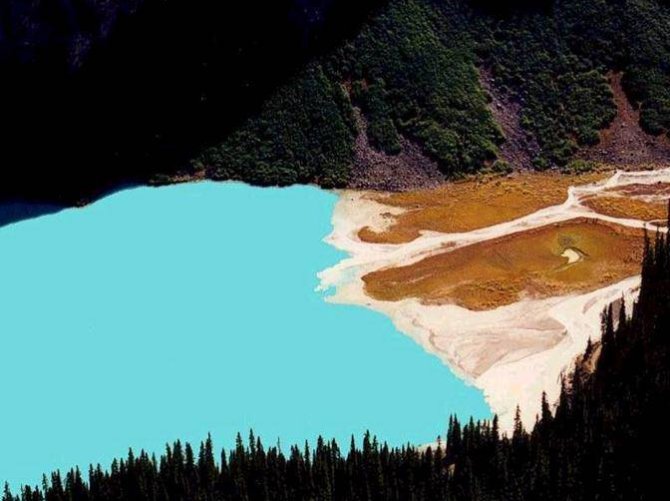
Sinks
Natural depressions, defined as areas with internal drainage, exist in landscapes. They are either filled with water like puddles, ponds and lakes, or dry like karstic features, glacial hollows and landslide-dammed valleys.
Their scale can range from centimetres, e.g. depressions behind plants and rocks, to kilometres, e.g. lakes and glacial hollows. Depressions store water and sediment in the landscape, decreasing surface runoff and increasing sedimentation as a result. Without depressions, surface runoff would increase, increasing erosion and decreasing deposition.
Sinks, both artificial and natural, in a DEM can cause serious problems in landscape modelling and are often removed in advance (Martz and Garbrecht, 1998). LAPSUS handles sinks within the model, and treats sinks as a natural phenomenon. The sinks are filled with sediments eroded upstream which enter the sink during each run (Temme et al., 2006).
